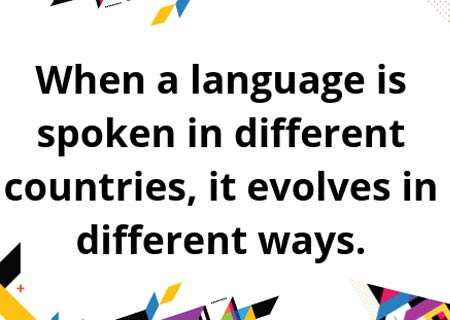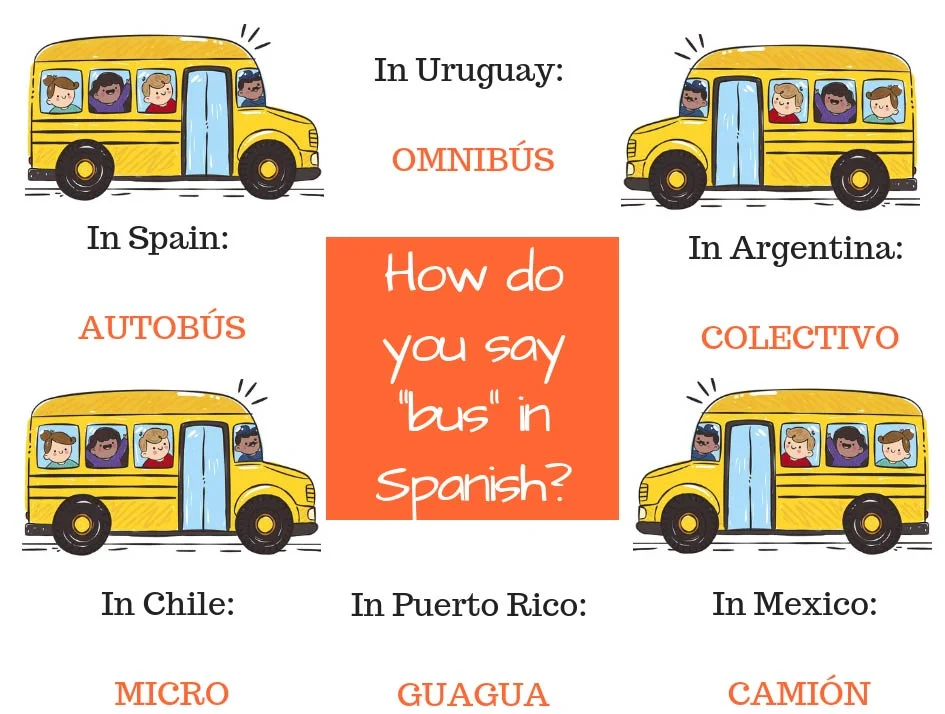CALD Community Engagement in the Spanish-speaking Community.
The Spanish-speaking community in Australia represents over 20 different countries of origin. The fact that it is spoken in so many different countries, with different cultures and traditions, make of Spanish a very diverse language with an insanely rich vocabulary.
But how much do languages like Arabic and Spanish change from country to country, and how can we maximise the reach and acceptance of the resources we produce?
Can we effectively communicate with such a diverse audience?
Is it really possible to write a single resource to influence a community that comes from over 20 different countries?
To influence people, we need to be respectful of their beliefs and their culture, which we do by using respectful language.
But what happens if the same language is spoken by people from 20 different countries? How do we find a way to write content that is respectful and appropriate for the greater number of people?
Respectful, appropriate language is directly linked to positive community engagement outcomes. Therefore, understanding how culture affects language will better equip you to influence the community and create impact.
Before we get to that, let’s try to understand how and why the language spoken in Spain differs from what Chileans or Colombians speak.
Languages are alive.
They grow and develop as a society does. Remember, languages reflect cultures. Languages reflect political and socioeconomic change.
Technology is the greatest language creator nowadays. Think about words like “wifi”, “tablet” or “smartphone”… they didn’t exist 50 years go!
Just like other languages, Spanish and Arabic are also affected by these factors. But multiplied by the number of countries where the language is spoken!
The linguistic diversity of a language can be a barrier or an asset to community engagement.
So now that you know what makes these languages so special, you are probably starting to guess why it is so hard to produce translated content in Spanish and Arabic for community engagement.
Very simply put, a Spaniard and a Chilean will use different words to describe the same thing, just like someone from Lebanon might use a different set of vocabulary than someone from Iraq.
To the point where those differences might lead to misunderstandings or even a lack of understanding.
This might be hard to understand for an English speaker, because different varieties of the English language don’t tend to deviate so much.
But let’s look at this example:
In Argentina, buses are called “colectivo”, but “colectivo” in Spain is a group of people.
Mexicans use the word “camión”, but that in Spain is a truck.
What about Chileans? “Micro” means “microphone” in Spain.
So what do NAATI translators do?
If we were to translate into Spanish the sentence “A community bus will be available”, we would pick the word “bus”. As you can see from the image above, nobody really uses that word in Spanish, but it is very likely to be understood by everyone and that is all we want.
When translating for diverse communities, the translator’s role is to find words that everybody understands, even if those words sound unnatural to most.
But how is this relevant to my work?
Let’s imagine that the context of our text is not transport but health, and we are working on a key resource that needs to create change in Australia’s diverse communities.
Our audience is the Spanish-speaking community in Victoria, which we know comes from more than 20 different countries.
To ensure that our resource will lead to optimal community engagement outcomes, we need to work with a diverse team that represents the actual community. The team should be made by at least a translator and a community checker, and they should represent different countries (ideally one from Latin America, Chile or Colombia preferably, and one from Spain).
And of course… plain language is a must!
Having a well defined and thought-through translation plan within an organisation’s community engagement strategy will improve outcomes and create change.
By following a well-structured community checking process with a diverse team of linguists and community representatives, we’ll make sure that the translation uses neutral expressions and terminology.
Still not sold on how to improve CALD community engagement?
Read more about the importance of having a plain language foundation in all your CALD community projects.
I hope I made my case :-)
Plain hugs,
Sonia
Related Posts

Get a quote today
"*" indicates required fields
Subscribe today to receive the latest insights and updates from Sylaba Translations








